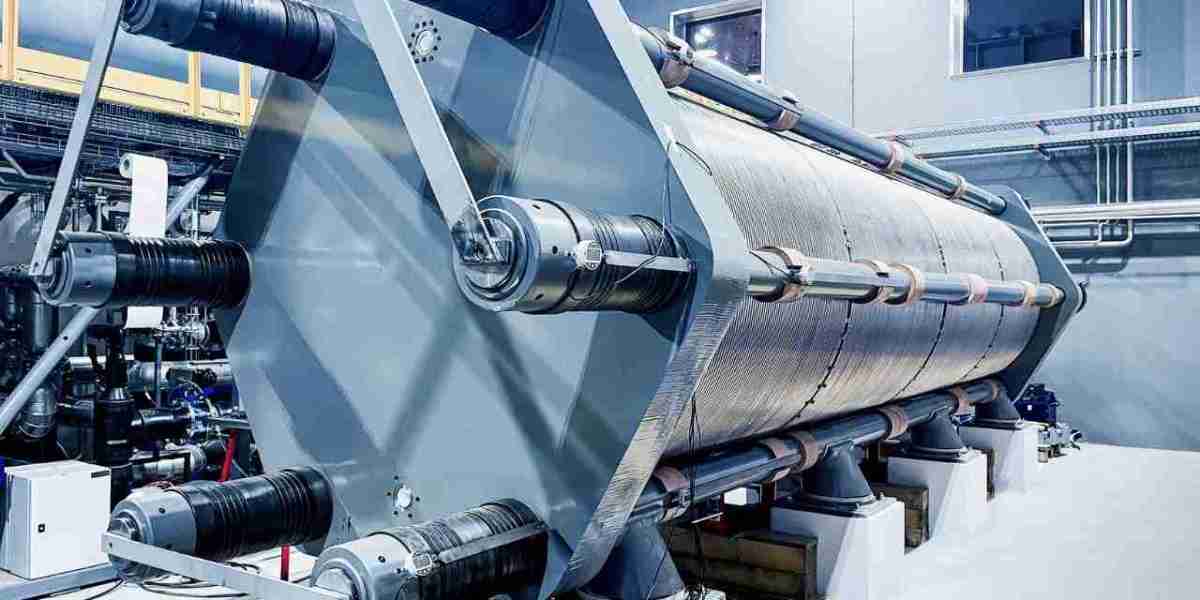The global hydrogen electrolyzer market is not immune to the broader macroeconomic climate. High inflation, fluctuating interest rates, and supply chain disruptions have created uncertainty for clean energy developers and manufacturers. Projects dependent on long-term capital expenditure are being reevaluated as financing costs rise and investor caution grows. In some regions, economic slowdowns are diverting public and private funds away from emerging technologies like hydrogen and toward more immediate energy needs.
Geopolitical conflicts—especially those affecting global trade routes and commodity flows—have further disrupted material sourcing for electrolyzer manufacturing. As tensions persist in Eastern Europe, the Middle East, and the South China Sea, energy and technology supply chains are becoming increasingly vulnerable to unexpected shocks.
Inconsistent and Fragmented Policy Frameworks
One of the most significant threats identified by industry observers is the patchy and inconsistent policy landscape surrounding green hydrogen. While many countries have announced national hydrogen strategies, few have implemented long-term, binding regulations or subsidy programs that offer predictable support to electrolyzer developers. In some cases, support is tied to short-term pilot projects or limited incentives, making it difficult for investors to commit to large-scale manufacturing or infrastructure buildout.
The lack of global consensus on hydrogen classification—green, blue, or grey—also creates confusion in carbon accounting, certification, and pricing. Without clear, enforceable standards for “clean” hydrogen, producers risk being excluded from subsidies or preferential market access. This regulatory fragmentation threatens to slow project pipelines and may erode investor confidence in the sector's stability.
Overdependence on Critical Raw Materials
PEM electrolyzers, one of the most promising technologies in the market, rely heavily on scarce and expensive materials such as iridium and platinum. The limited availability of these metals poses a significant bottleneck as manufacturers attempt to scale production. Research suggests that global iridium supply may be insufficient to meet demand if PEM deployment accelerates rapidly, especially given the metal’s limited production footprint in just a few countries.
This overreliance on rare materials exposes the market to price volatility, trade restrictions, and geopolitical leverage. If alternative catalyst technologies do not advance quickly enough, this supply chain fragility could create long-term constraints and deter OEMs from pursuing large-scale PEM deployments.
Technology Maturity and Performance Risks
Although electrolyzer technologies are improving quickly, they remain relatively young compared to more established power generation and industrial systems. Issues such as stack degradation, inconsistent efficiency under variable loads, and high maintenance requirements remain unresolved for many commercial systems. These concerns present a threat not only to system performance but also to customer trust.
Performance uncertainty also complicates business models based on long-term hydrogen production contracts. Buyers seeking firm hydrogen supply commitments may hesitate to engage with new electrolyzer technologies unless manufacturers provide performance guarantees and robust service networks. Failure to address these issues could slow adoption across industrial and infrastructure-scale projects.
Global Competition and Intellectual Property Concerns
As more countries enter the hydrogen race, the threat of intense international competition is becoming clear. China, in particular, is investing heavily in electrolyzer manufacturing and exports, offering systems at lower prices due to labor and material cost advantages. While this may accelerate global deployment, it also threatens to undermine local manufacturing capacity in Europe and North America.
Intellectual property (IP) protection is another growing concern, especially in markets where enforcement mechanisms are weak or opaque. Innovators in the U.S., Europe, and Japan fear that proprietary stack designs, membrane materials, and control systems may be reverse-engineered or copied without adequate legal recourse. Without stronger global IP safeguards, the incentive to invest in R&D could diminish.
Public Perception and Social Acceptance
Despite the environmental benefits, hydrogen projects—especially large-scale ones—can face public resistance. Concerns about water usage, land occupation, noise, and potential safety risks may lead to local opposition. In some regions, communities are pushing back against green hydrogen facilities near residential zones or environmentally sensitive areas.
Without effective stakeholder engagement and transparent communication about safety and environmental management, social pushback could delay or even cancel major projects. As hydrogen infrastructure expands, managing community relationships will be just as important as managing technical operations.
Conclusion
The hydrogen electrolyzer market is at a critical juncture: while opportunities are vast, the threats are real and cannot be ignored. From supply chain fragility and economic headwinds to policy inconsistency and technology risks, multiple forces could derail momentum if not addressed proactively. Market players must balance aggressive growth with strategic risk mitigation to maintain confidence, stability, and progress in this emerging energy sector.






